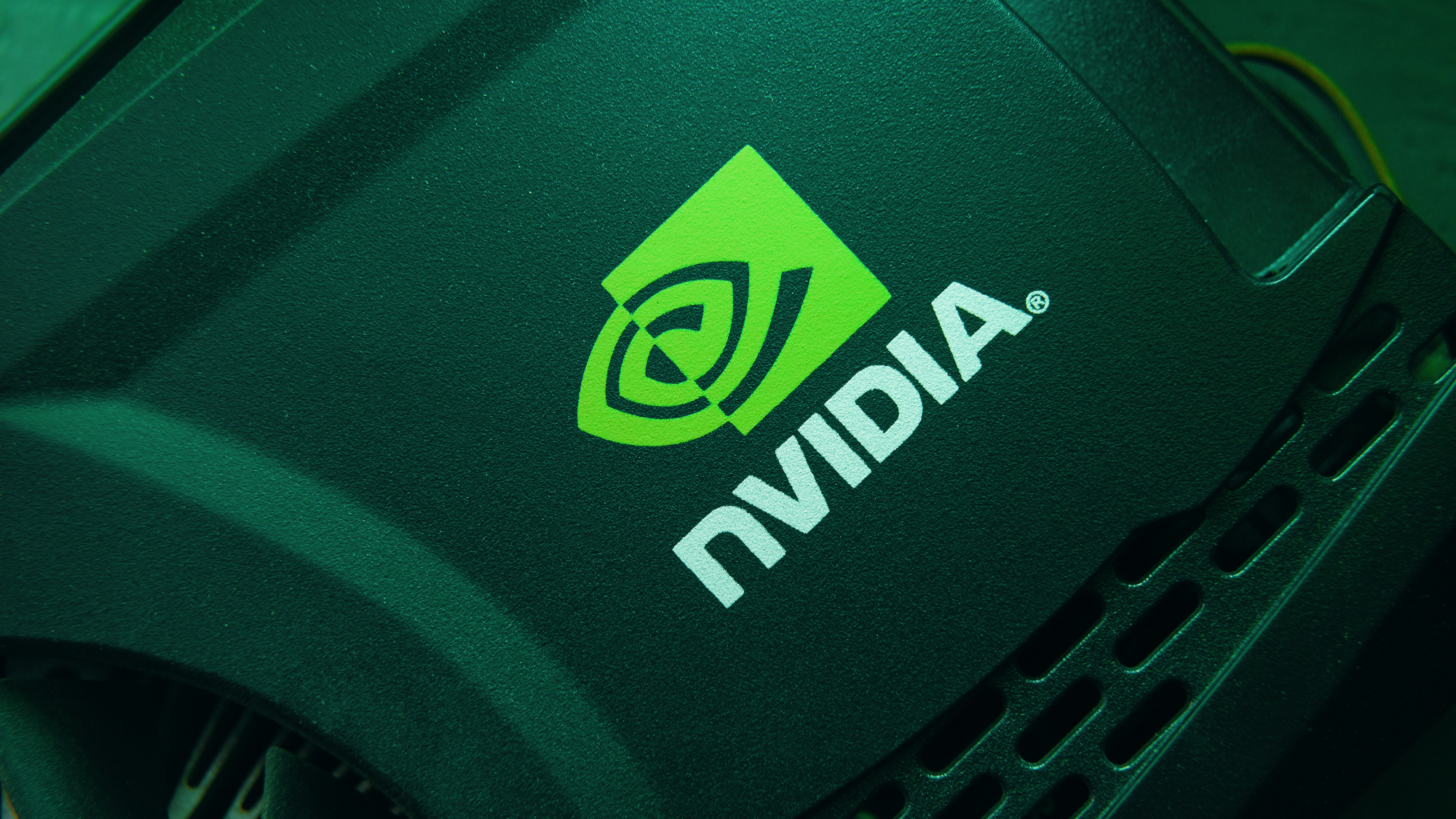
What's better than a fast graphics card? One that's fast and power efficient at the same time. Even if you own one of the best graphics cards, you might not always need its full firepower. An independent developer, simonmacer, has created the Nvidia Power Management (NVPMM) software, a third-party utility for advanced users to manage their GeForce graphics card's power. It's not an official tool from Nvidia, so users should proceed cautiously.
The NVPMM taps into Nvidia's System Management Interface (SMI), a command line tool that allows users to manage and monitor GeForce, Quadro, Tesla, and GRID products. Therefore, NVPMM provides a GUI for consumers not into the command-line interface.
The GeForce control panel already offers a primitive
power management mode and options to limit frame rates on the Nvidia graphics cards. Even Windows 11 has a few options to limit the power draw of graphics cards. However, NVPMM delivers more options at a granular level.
NVPMM's feature set includes creating individual power profiles, defining power limits per application, and adaptive control of the graphics card's memory. The utility also comes with a basic performance state monitor. Obviously, the software cannot unlock power limits on GeForce graphics cards. Instead, it sticks to the maximum and minimum range enabled on the graphics card. However, the developer states that the GeForce RTX 4090 has more range than the other Ada Lovelace-based SKUs.
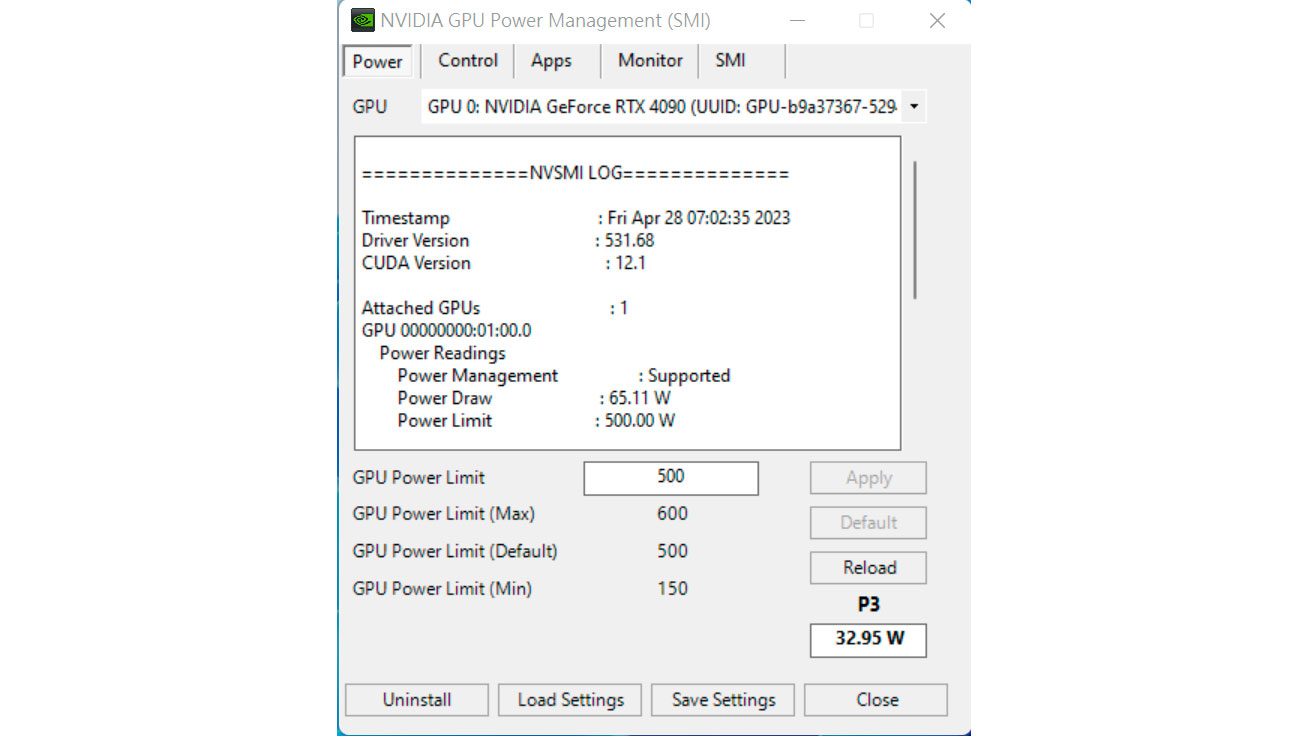
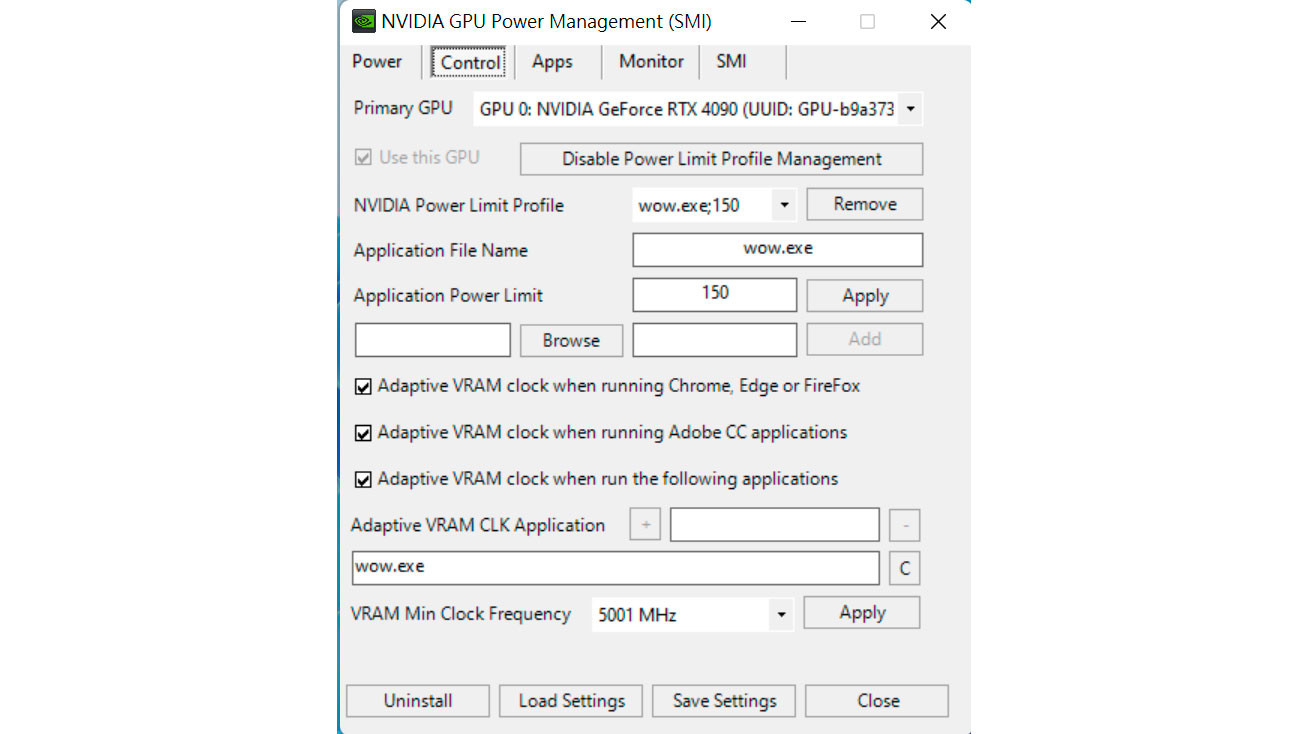
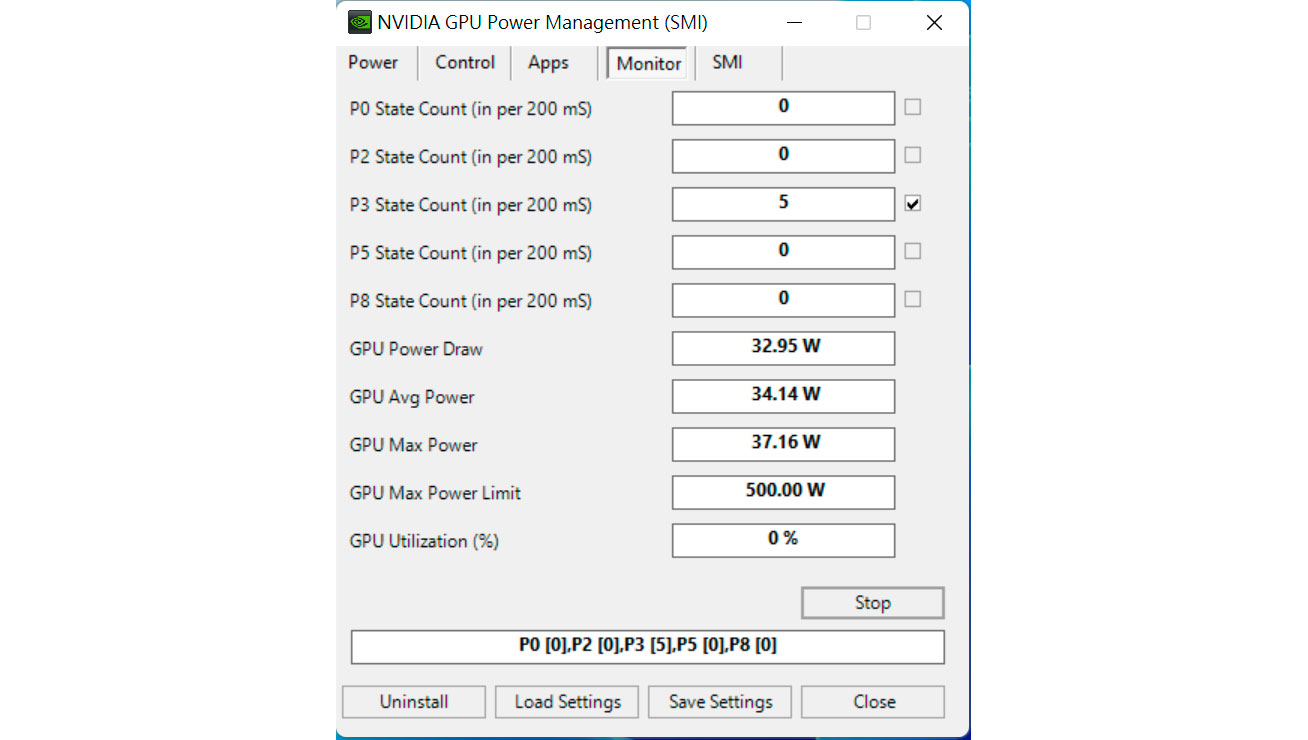
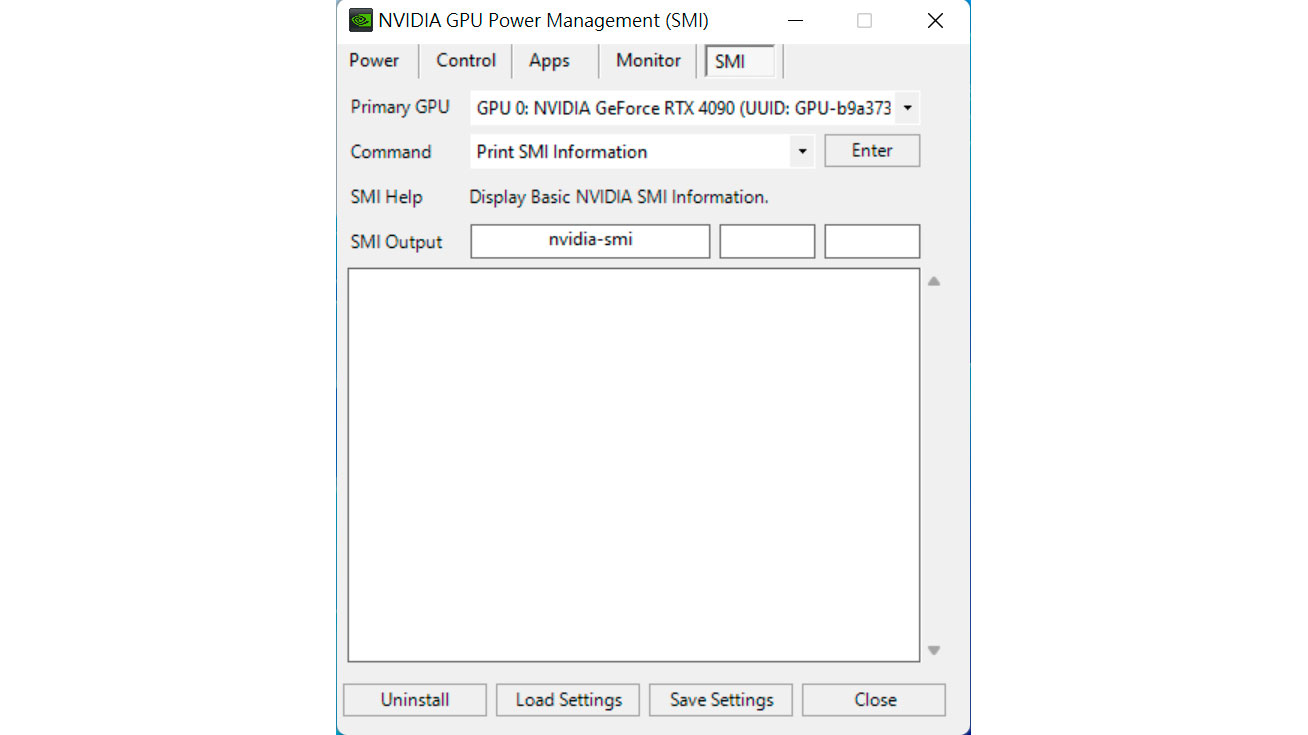
The software also features what the developer calls the Power Group Limit Management (PGLM) feature. It allows users to set power limits for three groups (A, B, and C) and place applications into different groups for the effects to take place. For instance, you can establish a power limit of 320W for Group A and put the Cyberpunk 2077 executable in that group. Then, once the NVPMM detects Cyberpunk 2077 is running, it'll limit the graphics card to 320W. Exiting the game will cause the settings to revert to stock.
Users can freely play with power limits on GeForce graphics cards. However, since the settings are saved on the software level, they reset after a system restart. It's the same behavior with manual overclocks where software such as MSI Afterburner or EVGA Precision X1 must apply the settings after each restart. It's identical to NVPMM. The application must be installed and executed for it to apply the user's power limit profile when the system boots into the operating system.
Some users on the Guru3D forums have reported that Norton and Windows Defender have flagged NVPMM as a trojan. However, they could be false positives due to the nature of what the software does. Version 2.5 passed the Eset Antivirus test, but three vendors from Virus Total flagged the executable as malicious.







